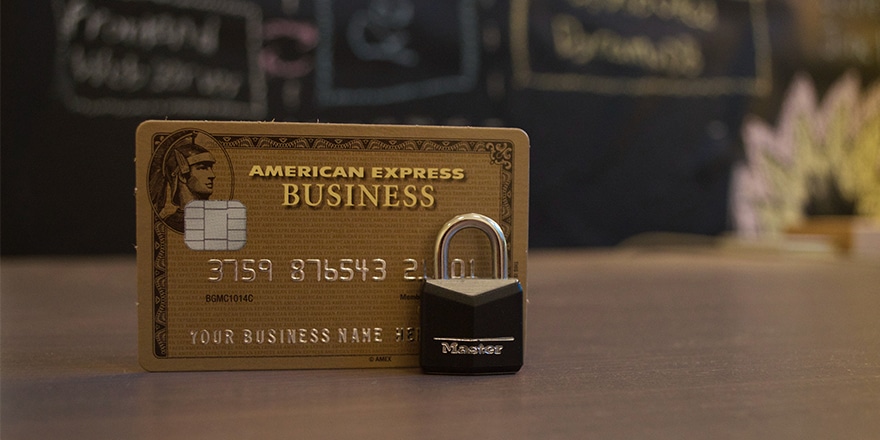
Redstage Partners with Salesforce Commerce Cloud to Help Merchants Grow
Salesforce, the global leader in customer relationship management, invited Redstage to join their exclusive Salesforce Commerce Cloud (SFCC) partnership program. Redstage is now listed as an official partner on the Salesforce AppExchange to provide eCommerce development services to SFCC merchants.
With a shared vision and a wide range of capabilities, Salesforce and Redstage now collaborate to digitally transform online companies. As a jack of all trades, whether it’s keeping track of marketing campaigns, improving productivity, or integrating with other apps, Salesforce can execute and complete any long-term vision.
Partnering with Salesforce helps us further our mission to create leaders in eCommerce. With the ever-changing habits and demands of today’s buyers, our clients require a unified customer experience across all touchpoints. To that end, Salesforce Commerce Cloud will be the most important set of tools in our arsenal. We are integrating Salesforce as a core part of our strategy going forward.
— Adam Morris, CEO of Redstage.
With this partnership, Salesforce and Redstage have a unique opportunity to provide a higher standard of service, expertise, technology, and insights for online sellers using Salesforce’s complex eCommerce solutions. Services will include:
1. Salesforce Migrations
You can control the migration process by switching from legacy platforms such as Magento, Big Commerce or Shopify Plus. To conquer sales and increase revenue, Salesforce has a unique ability to save valuable time and resources through its streamlined capabilities.
2. Commerce Cloud Integrations
Becoming more efficient and productive is easier with the right technology on your side. Salesforce’s scalable handpicked technology ranges from data and campaign management, app development, search optimization, and personalization tools.
3. Salesforce Conversion Optimization
Merchants will now be able to make wiser decisions with reliable data backing them up. With an in-depth business analysis equipped with technology and optimization strategies that will convert sales, you’ll never have to act on a gut feeling again.
The world is being reshaped by the convergence of social, mobile, cloud, big data, community, and other powerful forces. The combination of these technologies unlocks an incredible opportunity to connect everything together in a new way and is dramatically transforming the way we live and work.
— Marc Benioff, CEO, Salesforcre
As Redstage and Salesforce move forward with this agreement, the pair will continue their commitment to empowering clients with the right technology to accelerate eCommerce initiatives. Looking for a start? Redstage has launched in the Salesforce App Exchange for all B2C merchants.
For all your Salesforce and Commerce cloud development needs, visit http://www.redstage.com/salesforce-development and schedule a free consultation.



Recent Comments